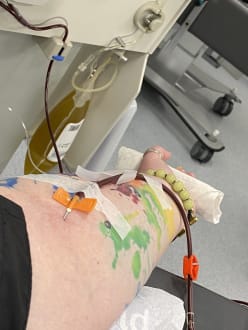Most of the robotic arms now in use by some amputees are of limited practicality; they have only two to three degrees of freedom, allowing the user to make a single movement at a time. And they are controlled with conscious effort, meaning the user can do little else while moving the limb.
A new generation of much more sophisticated and lifelike prosthetic arms, sponsored by the Department of Defense’s Defense Advanced Research Projects Agency (DARPA), may be available within the next five to 10 years. Two different prototypes that move with the dexterity of a natural limb and can theoretically be controlled just as intuitively — with electrical signals recorded directly from the brain — are now beginning human tests — via redwolf.newsvine.com














 RSS – Posts
RSS – Posts